Interviews with Experts
8 Essential Arboriculture Practices Every Tree Enthusiast Should Master
As a tree enthusiast, you know that caring for trees is like tending to a garden; it requires attention to detail and a deep understanding of the intricate ecosystem within.
But have you mastered the essential arboriculture practices that are crucial for the health and longevity of trees? From pruning techniques to soil health and pest management, there are eight key practices that every tree enthusiast should aim to perfect.
These practices not only contribute to the well-being of individual trees but also play a vital role in the overall health of urban and natural landscapes.
Understanding and honing these practices will not only elevate your tree care skills but also foster a deeper appreciation for the remarkable world of arboriculture.
Key Takeaways
- Engage certified arborists for regular tree inspections and care to ensure safety and prevent accidents.
- Learn and implement effective pruning techniques to maintain tree health and promote growth.
- Consult with certified arborists for comprehensive pest management plans and environmentally friendly control methods.
- Prioritize soil health and root protection through soil testing, proper drainage, and creating a root protection zone (RPZ) to support overall tree well-being.
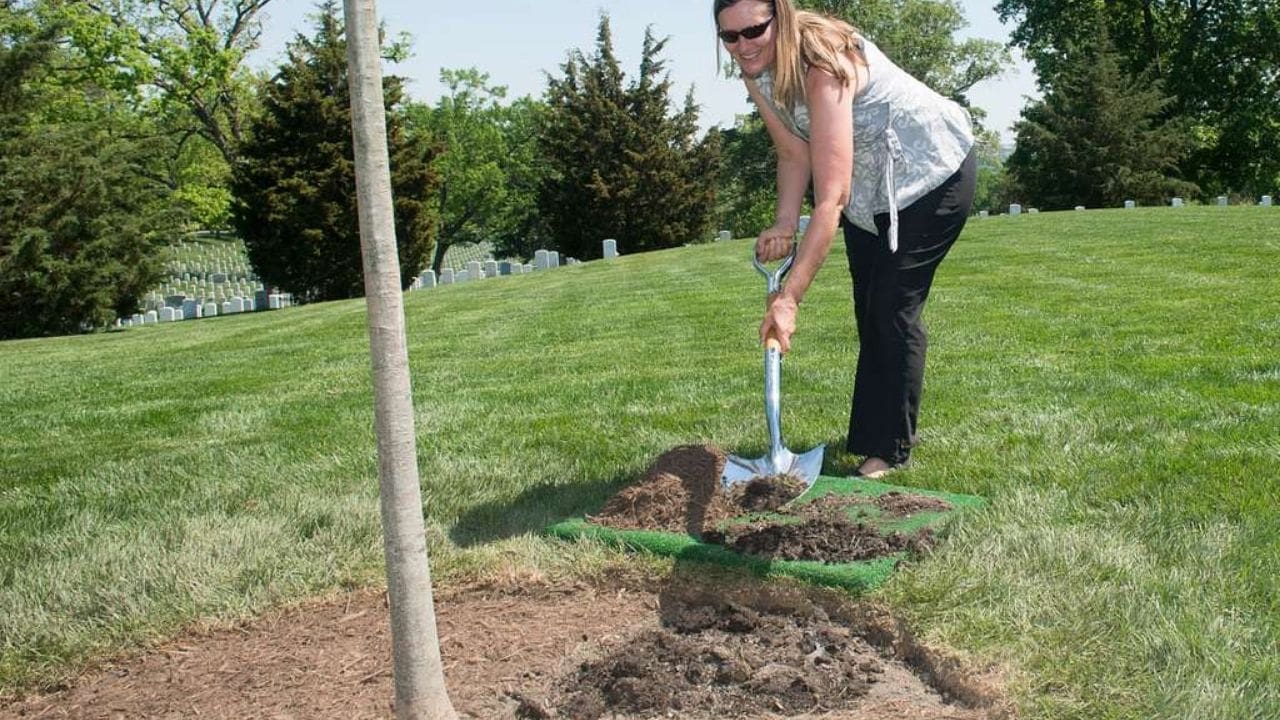

Professional Tree Care
To maintain healthy trees, it’s essential to engage professional arborists for regular inspections and necessary care. Regular tree inspections by certified arborists are crucial for identifying potential safety hazards such as diseased or weak branches, which could pose a risk to your property and the people around it. These experts can also provide proper tree care, including pruning, to maintain the structural integrity of the trees on your property. Professional arborists have the expertise to assess the overall health of your trees and recommend appropriate actions to ensure their well-being.
Engaging arborists for tree care isn’t just about maintaining the aesthetics of your landscape; it’s also about safeguarding your surroundings. By entrusting the care of your trees to professionals, you’re investing in the safety of your property and the people who frequent it. Their knowledge and experience in tree care can help prevent potential accidents, property damage, and other safety hazards associated with poorly maintained trees.
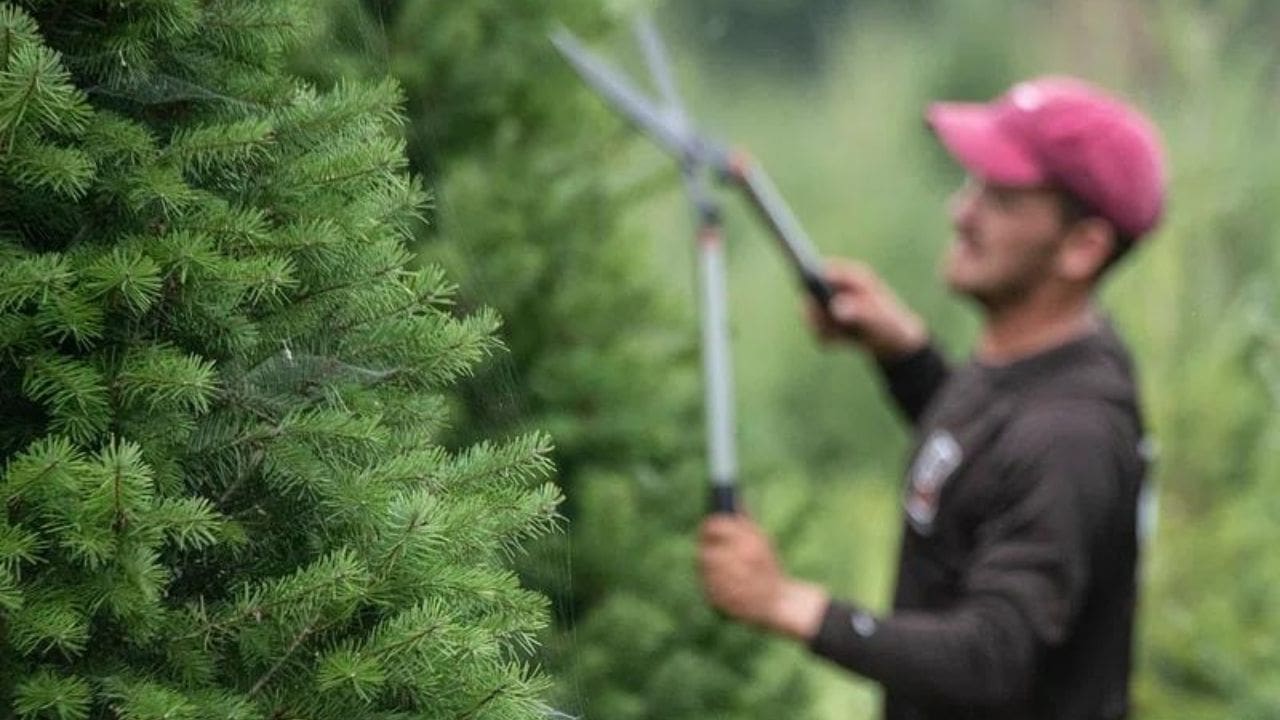

Pruning Techniques
For effective pruning techniques, consider seeking guidance from certified arborists who can provide expert advice tailored to your specific tree care needs.
Pruning is an essential practice for maintaining the health and structural integrity of your trees. When it comes to pruning, safety should always be a top priority. Before starting any pruning work, inspect the tree for any signs of damage or disease.
Use sharp, high-quality pruning tools to make clean cuts and minimize the risk of injuring the tree. Avoid pruning branches located directly above you, as they can pose a safety hazard if they fall. Additionally, be mindful of your surroundings and ensure that no one is within the falling range of branches.
When pruning, aim to maintain the natural shape of the tree while removing dead or diseased branches. Proper pruning can promote healthy growth, reduce the risk of falling limbs, and enhance the overall appearance of your trees.
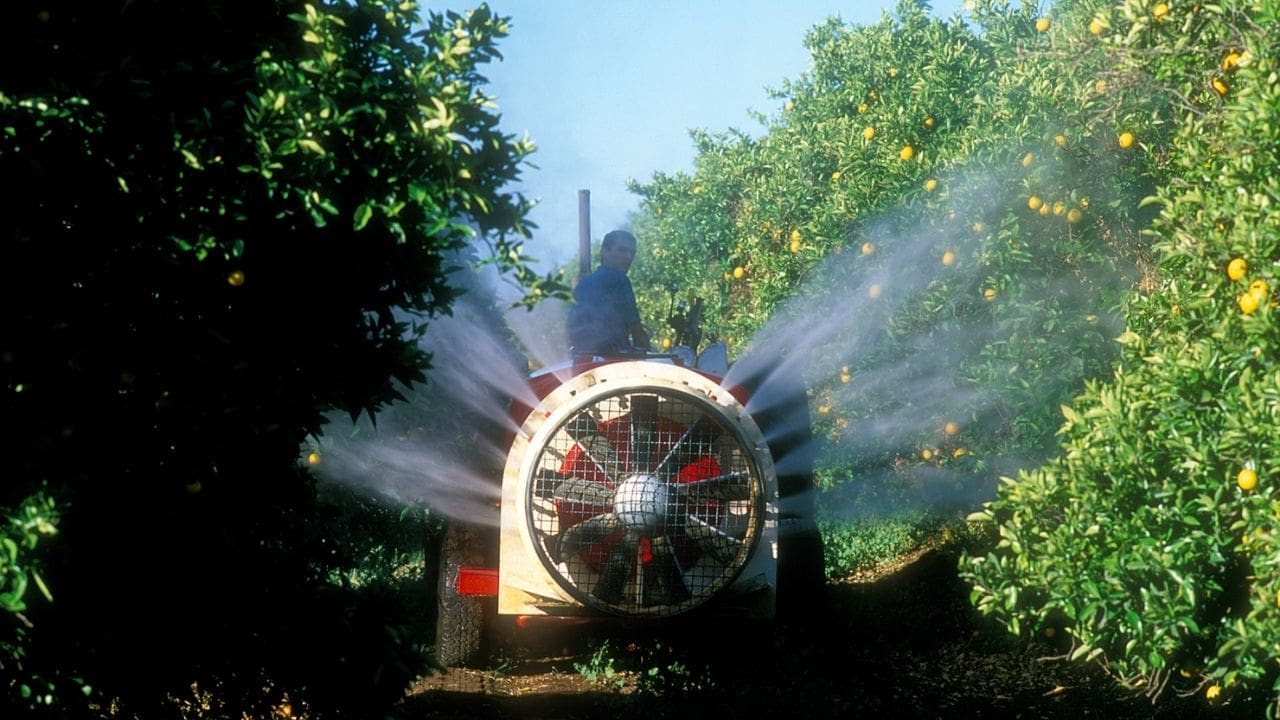

Pest Management
Consider consulting with certified arborists to develop a comprehensive pest management plan tailored to your specific tree care needs, ensuring the health and vitality of your trees. Pest management is crucial for maintaining the well-being of your trees and preventing potential hazards.
Here are some essential practices to help you effectively manage pests while prioritizing safety:
- Identification of Pests
Learn to recognize common pests and the signs of infestation to take proactive measures.
Regularly inspect your trees for any indications of pest presence, such as abnormal leaf discoloration or unusual holes in the bark. - Environmentally Friendly Solutions
Explore organic and environmentally safe pest control methods to minimize harm to beneficial insects and wildlife.
Consider implementing integrated pest management strategies that involve a combination of biological, cultural, and chemical controls, emphasizing minimal chemical use.
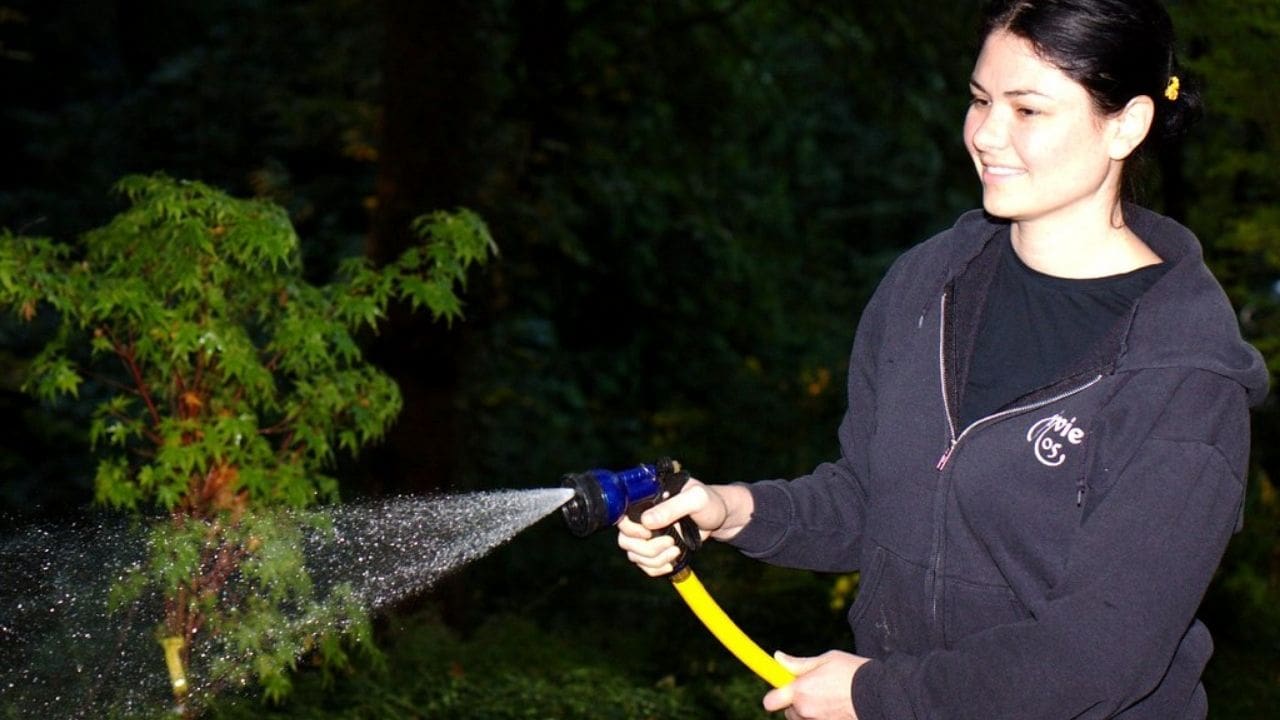

Disease Prevention
Inspect your trees regularly for any signs of disease, such as unusual spots on leaves or abnormal growth patterns, to proactively prevent the spread of infections and maintain tree health. Early detection is crucial in disease prevention.
If you notice any signs of disease, promptly remove and destroy any infected plant material to prevent the spread of pathogens. Pruning dead or diseased branches can also help enhance air circulation and sunlight exposure, reducing the risk of fungal infections. Additionally, ensure proper watering and fertilization to maintain tree vigor, as healthy trees are more resistant to diseases.
Implement good sanitation practices in your garden or landscape, such as cleaning tools after each use and avoiding working in wet conditions, to prevent the inadvertent spread of diseases from one tree to another. Consider using disease-resistant tree varieties when planting new trees to minimize the risk of infections.
Lastly, seek professional arboricultural advice if you’re unsure about the health of your trees or need assistance in diagnosing and treating any potential diseases. By being vigilant and taking proactive measures, you can effectively protect your trees from diseases and ensure their longevity.
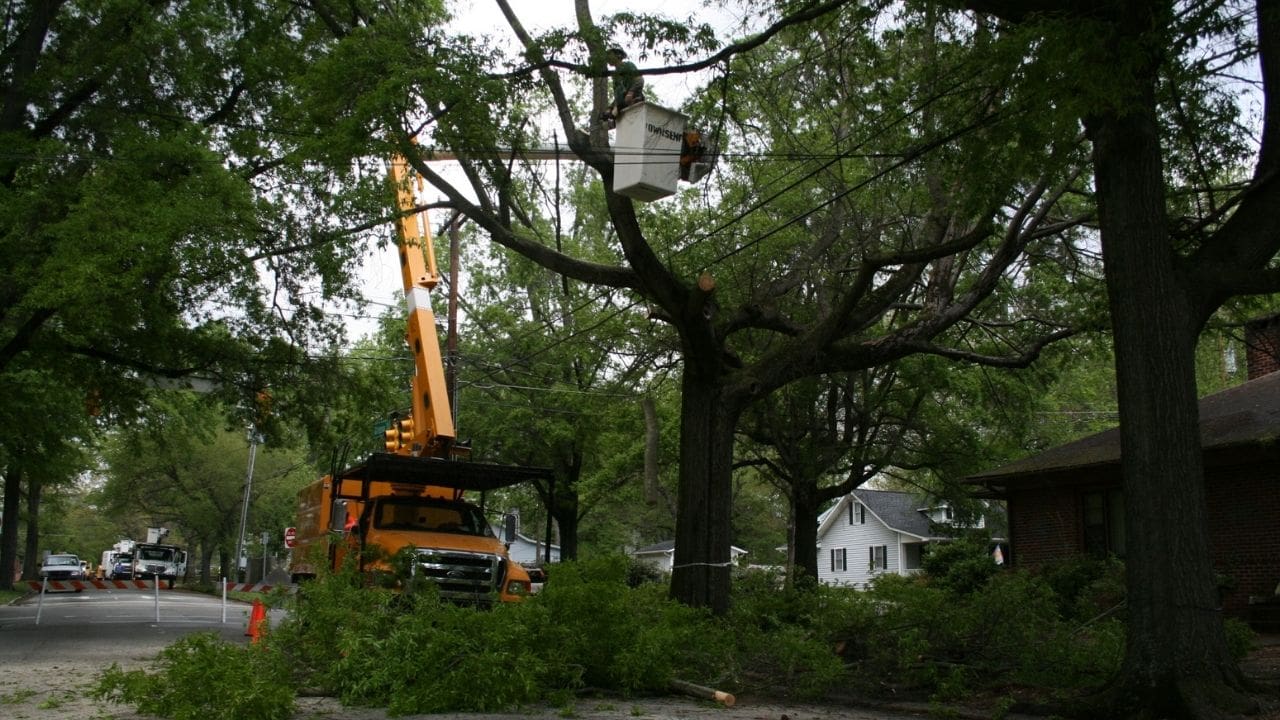

Soil Health
To maintain the health and vigor of your trees, it’s essential to also pay attention to the soil health in which they’re growing. Ensuring the soil around your trees is healthy can significantly impact their overall wellbeing. Here are some key points to consider:
- Soil Composition
- Test the soil to determine its composition and pH levels to ensure it provides the necessary nutrients for your trees.
- Incorporate organic matter such as compost or mulch to improve soil structure and fertility, promoting healthy root development.
- Drainage
- Ensure proper drainage to prevent waterlogging, which can lead to root rot and other soil-borne diseases.
- Use raised beds or improve soil structure to enhance drainage and aeration, promoting healthier root systems.
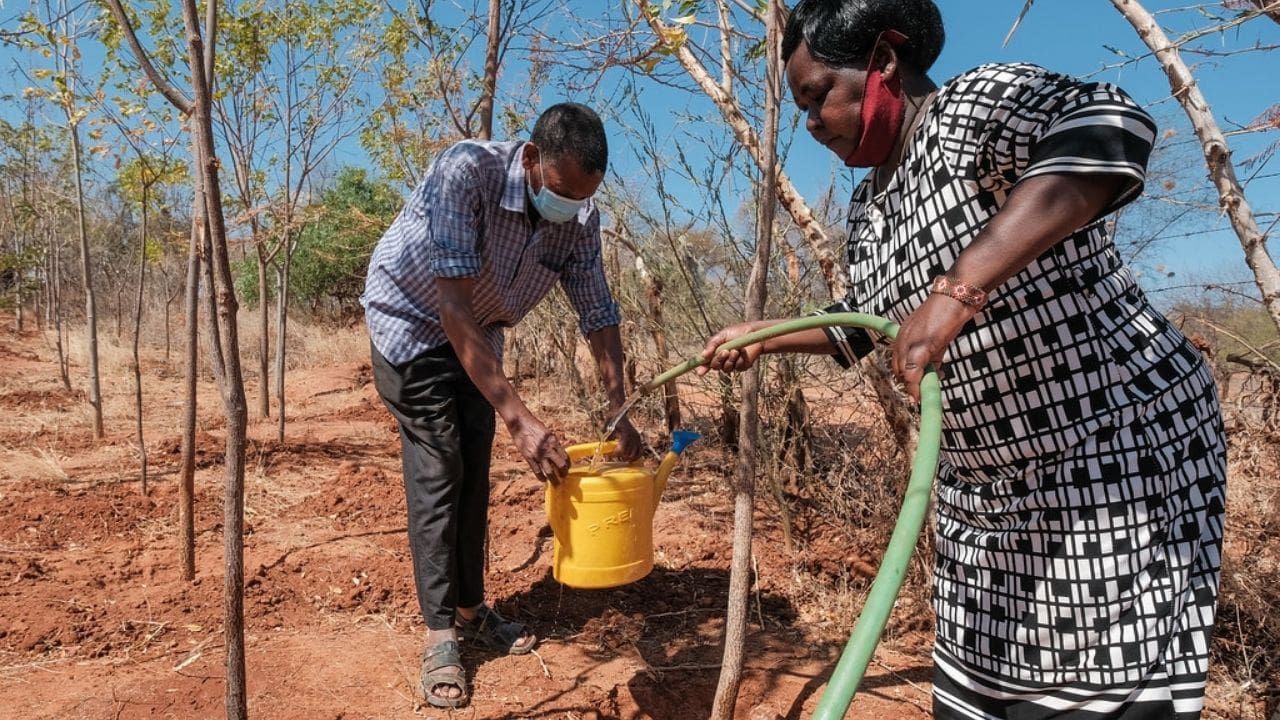

Root Protection
Wondering how to protect your tree roots from potential damage? Start by creating a root protection zone (RPZ) around the base of your tree. This area should be kept free from any construction, foot traffic, or storage of materials.
Mulch can also be beneficial in the RPZ, as it helps to maintain moisture, regulate soil temperature, and reduce compaction.
When planting new trees, be mindful of the distance from any existing structures or utilities to prevent future root conflicts.
Regularly inspect the area around your tree for any signs of root damage, such as soil compaction, construction activity, or changes in the tree’s health. If you notice any issues, consider consulting with an arborist to develop a plan for root protection and maintenance.
Additionally, when conducting any landscaping or construction near trees, take precautions to avoid damaging the roots. Using techniques such as directional boring or hand digging can help minimize root disturbance.
Tree Stability Assessment
Concerned about the overall health and stability of your trees, it’s important to assess their stability to ensure their long-term well-being. Proper tree stability assessment is crucial for ensuring safety and preventing potential hazards. Here’s what you need to know:
- Signs of instability:
- Look for leaning or tilting trees, especially after a storm or heavy winds. This could indicate root damage or soil issues that affect stability.
- Check for visible cracks or cavities in the trunk or major branches, as these can weaken the tree’s structure and stability.
- Assessment methods:
- Conduct a visual inspection of the tree for any obvious signs of instability, such as those mentioned above. Additionally, consider consulting with a certified arborist for a professional assessment, especially for larger or older trees.
Regularly evaluating the stability of your trees can help identify potential risks and take necessary measures to address them, ultimately ensuring the safety of your property and the well-being of your trees.
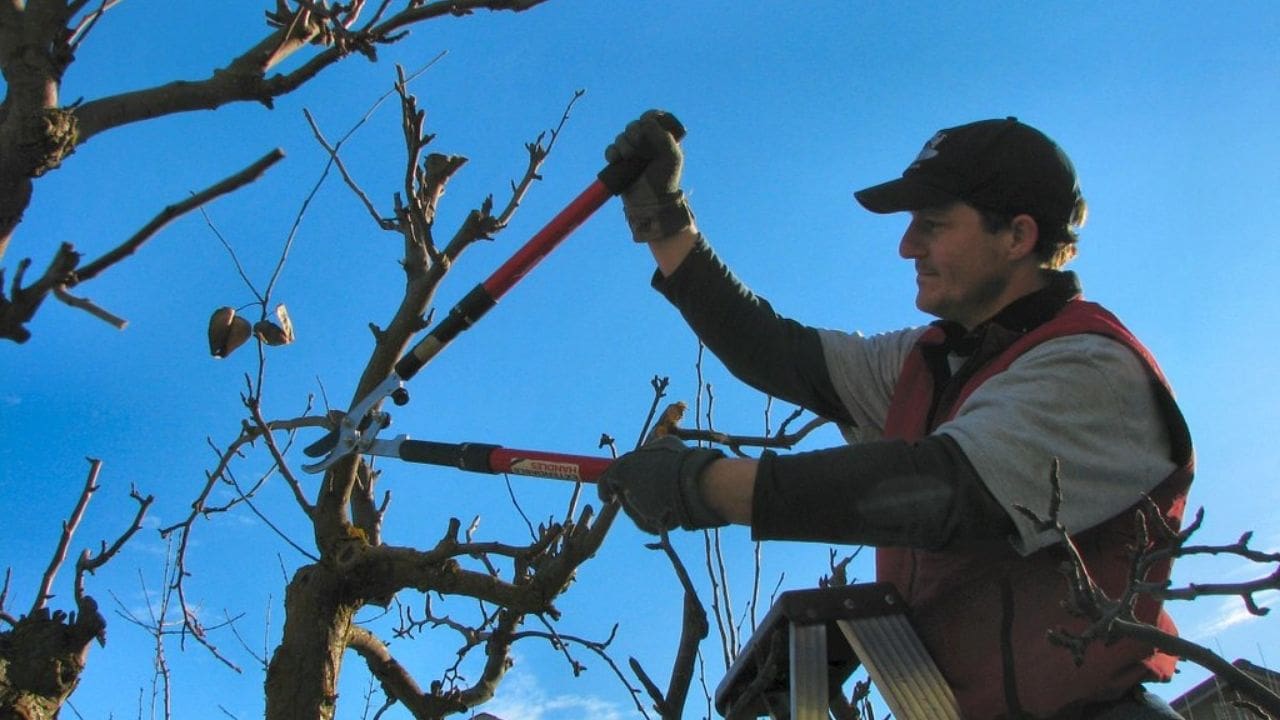

Canopy Management
Assessing the health and structure of a tree’s canopy is essential for promoting its growth and longevity. Proper canopy management not only enhances the aesthetic appeal of the tree but also ensures its overall health and safety.
Regularly inspect the canopy for any dead, damaged, or diseased branches. These should be promptly pruned to prevent the risk of falling debris, which can pose a danger to people and property below.
Additionally, thinning the canopy allows better air circulation and sunlight penetration, promoting healthy growth and reducing the risk of diseases.
When conducting canopy management, always prioritize safety by using the appropriate tools and equipment. Be mindful of your surroundings and ensure there are no overhead electrical wires before starting any work.
If the tree is particularly large or the canopy is extensive, consider seeking assistance from a professional arborist to ensure the job is done safely and correctly.
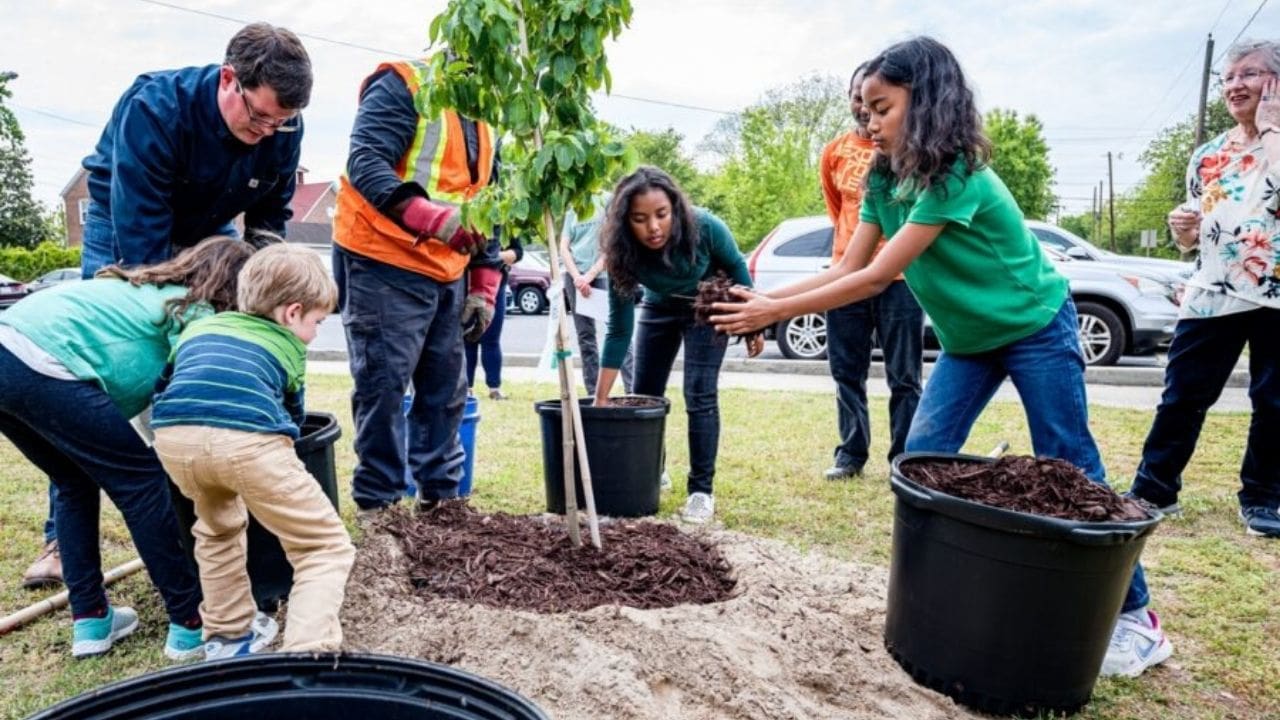

Frequently Asked Questions
How Can I Encourage Wildlife to Thrive in and Around My Trees?
Want to attract wildlife to your trees? Enhance biodiversity by planting native flora, providing nesting spots, and maintaining a healthy ecosystem. Keep your trees healthy and thriving to create a safe and welcoming habitat for wildlife.
What Are Some Common Mistakes People Make When Planting and Caring for Trees?
When planting and caring for trees, common mistakes to avoid include improper planting depth, over or under-watering, neglecting mulching, and ignoring signs of disease or pests. It’s important to stay vigilant and informed.
How Can I Effectively Manage Water and Irrigation for My Trees?
You’ll effectively manage water and irrigation for your trees by regularly checking soil moisture, adjusting watering frequency as per the weather, using mulch to retain moisture, and ensuring proper drainage to prevent waterlogging.
Are There Any Alternative Methods for Tree Care That Are Environmentally Friendly?
There are plenty of environmentally friendly methods for tree care. Consider mulching, composting, and organic fertilizers. These options not only promote tree health but also support the surrounding ecosystem without harmful chemicals.
What Are Some Lesser-Known Factors That Can Affect the Health and Stability of a Tree?
When it comes to the health and stability of a tree, factors like soil compaction, root damage, and improper pruning can have a big impact. Paying attention to these lesser-known factors can help ensure a tree’s well-being.


Hello there! I’m Logan Foster, the green-thumbed social media marketer behind the vibrant world of 1800TreeGuy.com. With roots firmly planted in arboriculture, I’ve branched out to help clients cultivate their dream outdoor spaces, one leafy canopy at a time. My knack for nurturing nature is more than a profession—it’s a way of life.
When I’m not talking trees and teaching the art of arboreal care, you can find me cheering on the Bulldogs—my alma mater’s pride and my forever team. My environmental studies there didn’t just teach me about ecosystems; they instilled a lifelong passion for protecting our planet.
Off the clock, I’m an adventurer at heart. Whether it’s trekking the Appalachian trails, pedaling down a mountain path, or crafting guides to share the wonders of the wild, I’m happiest with soil under my nails and the sun on my face. And let’s not forget Yoda, my pug sidekick. He may not have mastered the art of stillness, but his joyful grins are my daily dose of happiness.
I’m all about making connections—between people and the great outdoors and between my clients and their ideal landscape visions. My approach is personal; every tree has a story, and every garden reflects its caretaker.
If you want to green your scene or share in my outdoor escapades, give me a shout on Instagram or Facebook. Let’s cultivate a conversation and grow a community rooted in a love for the lush life.







